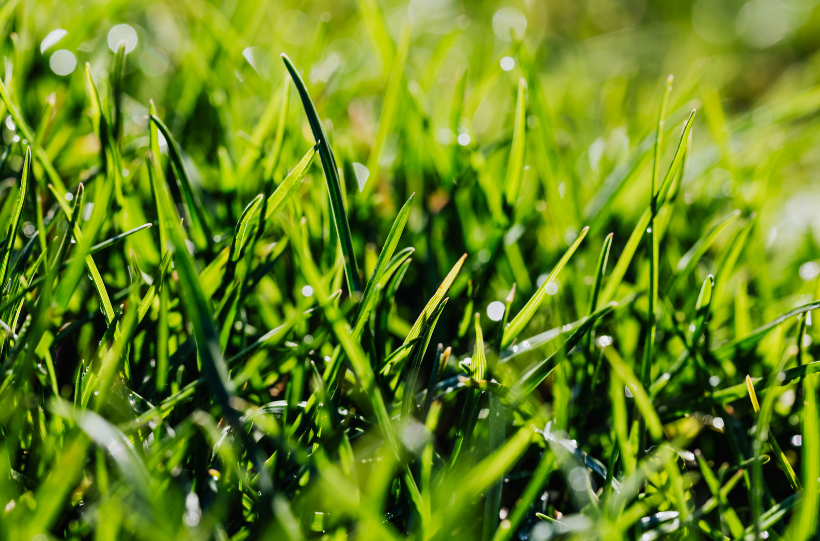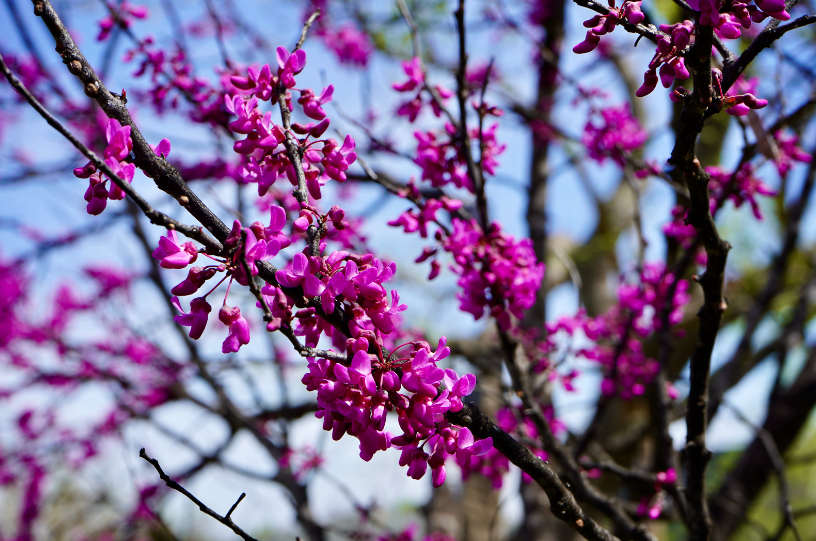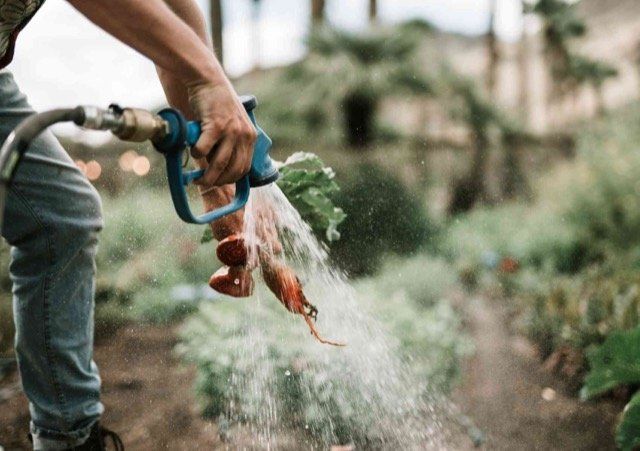How Often To Water A New Landscape
How Often To Water A New Landscape
A fresh new landscape can do wonders for your property’s health and overall curb appeal. However, when it comes to maintaining your new lawn, there are some factors that landowners must take into account. One particularly important factor is the irrigation and drainage in your landscape. Ensuring that your landscape receives the proper amount of water is a crucial aspect of lawn care and maintenance. Thus, taking the time to figure out how much water your landscape needs can save you a lot of time, effort, and money in the long run.
How Often Should I Water My New Landscaping?
Determining the right amount of water to give your plants is crucial for your landscape’s health. Overwatering can lead to flooding and water pooling, whereas underwatering can lead to drought. Ultimately, inadequate watering can lead to the death of your lawn. In order to avoid this, landscape owners should take into account a few different factors that can affect how much water a landscape needs.
Factors That Can Affect Landscape Watering:
There are several factors that can affect how much and how often you should water your landscape. For example:
- Plant Species: The types of plants that are found in your landscape can vary wildly in terms of how much water they need. Thus, identifying the species of your plants will help you learn precisely how much water they need.
- Physical Environment: Another factor that can affect watering is your landscape’s physical environment. Things such as sloping, uneven areas, and heavily shaded spots can all affect the amount of water your give your landscape. Thus, all aspects of your landscape’s physical environment should be taken into account when developing a watering regimen.
- Varying Weather Patterns: Lastly, factors such as humidity, rainfall, cloud coverage, and naturally occurring disasters can all affect your daily watering routine. In order to ensure that your landscape does not get overwatered or underwatered, local weather patterns will need to be taken into account as well.
Benefits of Installing Irrigation and Drainage Systems:
Taking all of these factors into account every time you water your lawn can be a pain. This is why installing good irrigation and drainage systems can significantly benefit you. A good irrigation and drainage system will:
- Water your landscape the perfect amount: You won’t have to worry about overwatering or underwatering when you have an irrigation system that does this for you. Automatic systems can be programmed to provide your lawn with only the water it needs and only when it needs it.
- Prevent water pooling and flooding: If you have areas in your lawn that are uneven, then these spaces can become susceptible to water pooling. However, an excellent drainage system can remedy this so you won’t have to worry about your plants drowning.
- Save you time and money: By only watering your landscape the specific amount it needs, you should be able to save money on your water bill. Furthermore, irrigation systems with timers can save you time by watering your landscape for you.
Brantford Landscaping HeyTurf is dedicated to providing our clients with superior landscaping and lawn maintenance services. We are located in Brantford, ON and offer a wide variety of
landscaping services, including irrigation and drainage installations. If you’d like to learn more, please call or email us today!
You might also like





